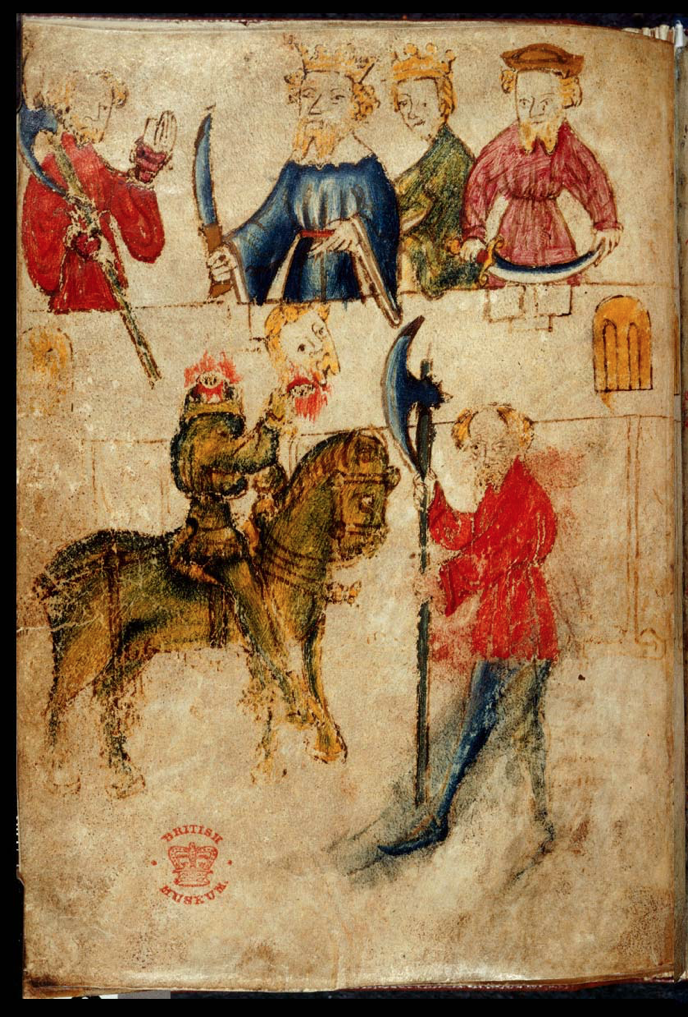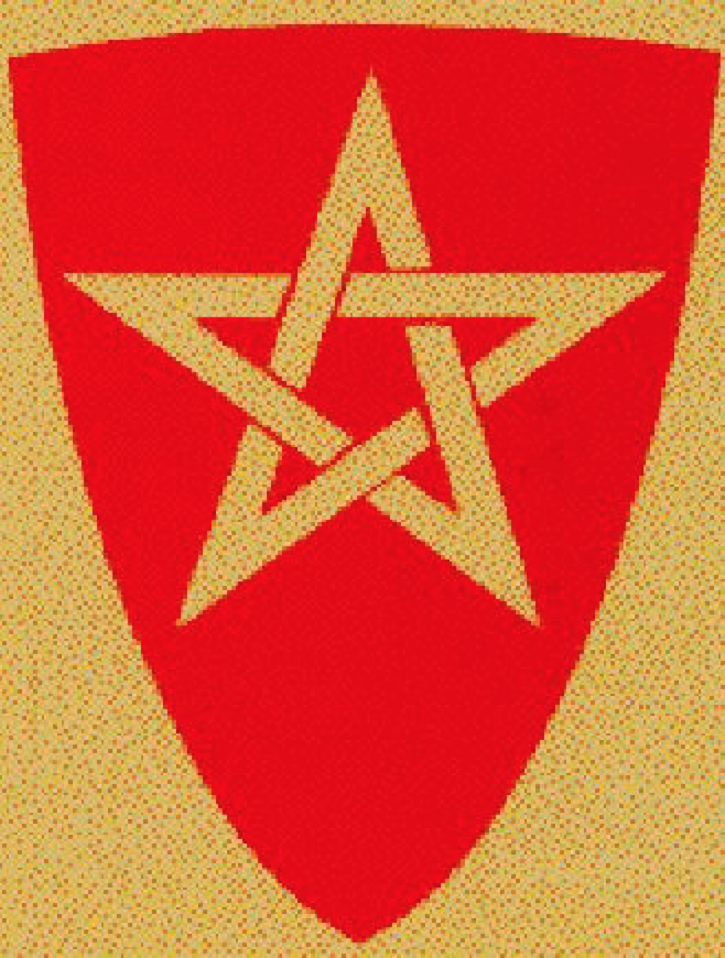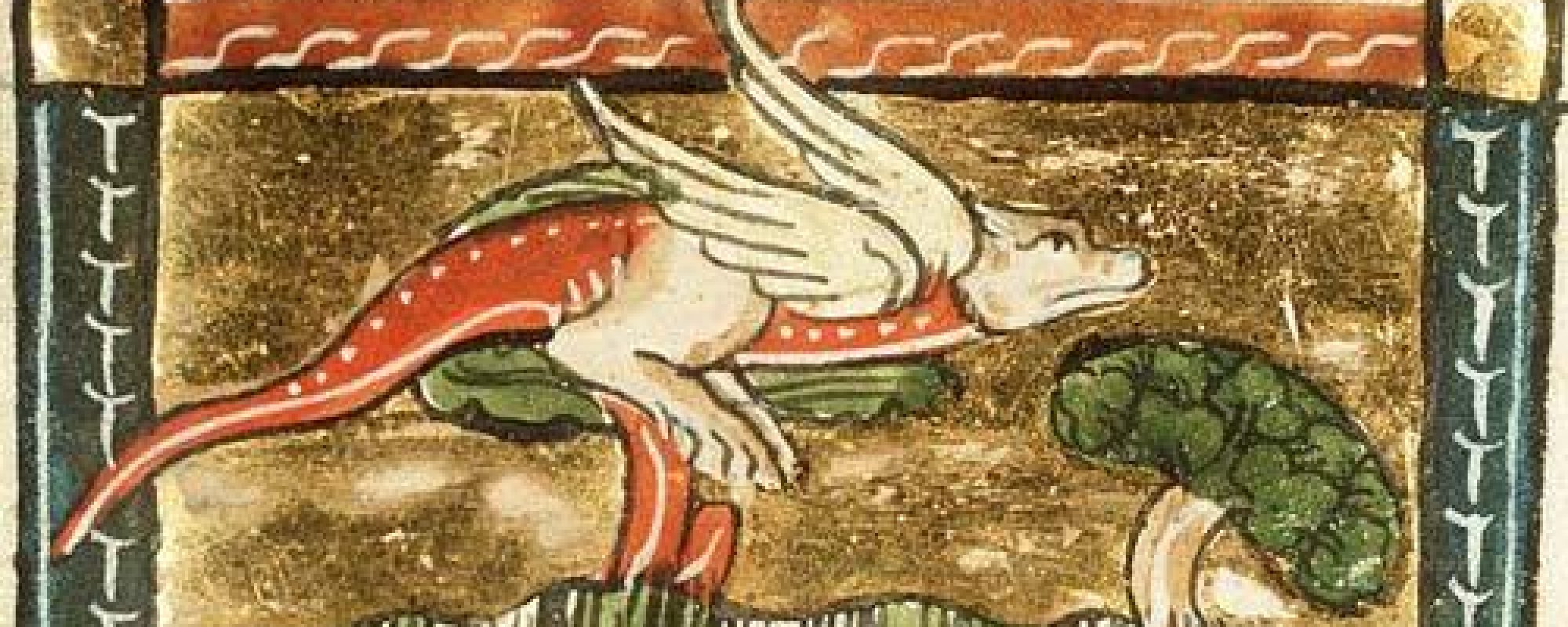So, how chivalrous is chivalry? Medieval tales are congested with knights that possess qualities that signify chivalry—brave, strong, and loyal. However, what is the truth behind the notion of chivalry and the duties of the knight? Rather, is there even one singular truth? The construct of chivalry has experienced many shifts throughout the Middle Ages to our present day, as realities shape our understandings. As we work to understand the Medieval times, we must recognize the sheer amount of diversity that the period encompasses. Additionally, as a modern audience, it is essential to investigate the depth of meaning behind the myths of medieval values such as chivalry and the roles of knights.
Myths surrounding the idea of chivalry stereotypically involve notions of knightly men who are not only victorious in their actions, but honorable above all else. These myths persist in an understanding of knights as holy and righteous by virtue of their chivalrous acts. Contemporary constructions of knights saving the princess out of senses of duty and courage—chivalry—are saturated in constructions of toxic masculinity (Kaufman and Sturtevant). The dangerous elements of assuming that chivalric qualities and not only wholly good but also right, are exceedingly real. Denying more authentic views of chivalry and knighthood as constructions that are varied preserves and covets a destructive past, present, and future.

An integral part tied to the assumed duties of chivalry is a religious aspect. During the Middle Ages, a special blessing for knights, “Benedictio novi militis,” in the Pontificale Romanum was established as a ceremony where vows of chivalry and renewals of the baptism vows were taken (“Chivalry”). While there might be an expectation of knighthood and chivalry to be embedded in religious values and traditions of the church, the reality of the Medieval times was not necessarily such. Instead, many knights understood piety to be acts of physical war and self-sacrifice, contrasting themselves from the church’s official teachings (Ottoman).
Curiously enough, knights found their importance to be rooted in the opportunities on the battlefield, not necessarily in an identity of Christianity through the church’s eyes (Ottoman). The religious aspects associated with knighthood and chivalry are a bit mysterious, and they encourage questions of motive. Did knights desire senses of individualization, or were there more communal incentives? Indeed, both have the ability to follow a compelling logic, as they create space for a vulnerable understanding of the knight and his chivalry—ideas that seek reasoning within the mystery.
When considering the mysterious elements of religion as it associates with chivalry, there has been caution concerning assumptions of knights as crusaders. In Chaucer’s Knight: The Portrait of a Medieval Mercenary, author Terry Jones presents a contested theory that knights were not, in fact, the embodiments of our constructions of noble chivalry; instead, they likely were mercenary warriors (Pratt 8). While Jones received a great deal of pushback in his analysis, particularly for lack of contextualization, his thoughts lead to necessary shifts in considering the role of knights and the structures of chivalry. As it is imperative to contextualize while analyzing, it is also crucial to consider the perpetuation of past constructions’ influences on modern-day understandings. Myths of chivalry and knighthood as simply harmonious aids to the common good of communities are detrimental theories to accept.

http://branawen.blogspot.com/2011/01/celtic-symbolism-pentacle-on-medieval.html
The poem “Sir Gawain and the Green Knight” allows us access to understanding the fragility of chivalry and knighthood. The text sets up Gawain as a chivalrous knight, possessing the pentangle on his shield derived from King Solomon as the knight is “devoid of vices but virtuous, loyal and kind…a prince who talked the truth” (Armitage 42). However, Gawain also seems to be represent a bit of a sluggish attitude as he dawdles rather than promptly beginning his quest. Additionally, at the conclusion of the poem, readers are left with Gawain’s emotional weight of self-doubt and second-guessing. These characteristics do not seem to fit into an alleged mold of chivalry where knights are accustomed only to fearless and heroic acts. Gawain’s character does not embody the perfection of chivalry as he humanly tries to understand himself while attempting to complete the quest to honor King Arthur and the Round Table. Perhaps, though, their perfection is not attainable, certainly not within the ideals of chivalric duty. Texts such as “Sir Gawain and the Green Knight” provide insight into the diversity found in the multitudes of truths regarding both chivalry and knighthood.

In many stories, knights seem to be the ones with extraordinary traits, showing off their physical prowess and domination over those lesser than them, perpetuating hierarchical powers. However, is this the actual truth? With further analysis, it seems as if chivalry is full of empty promises of human flourishing, as it has the ability to promote oppression among those who do not possess power. While it is vital to entertain these possibilities, we must also remember the abundance of diversity within Medieval times. Questioning the myths of chivalry and knighthood lends to also examining elements of freedom, hierarchy, and gendered and racial dynamics.
Bibliography
Armitage, Simon. “Sir Gawain and the Green Knight: A New Verse Translation.” W.W. Norton, 2008.
“Chivalry.” CATHOLIC ENCYCLOPEDIA: Chivalry, 2015, www.newadvent.org/cathen/03691a.htm.
Jones, Terry. Chaucer’s Knight: The Portrait of a Medieval Mercenary. Eyre Methuen, 1982.
Kaeuper, Richard W. Holy Warriors: The Religious Ideology of Chivalry. Univeristy Of Pennsylvania Pr, 2014.
Kaufman, Amy S., and Paul B. Sturtevant. “Gender, Sexism, and the Middle Ages: No More Fairy Tales.” The Public Medievalist, 2018, http://www.publicmedievalist.com/no-more-fairy-tales/.
Pratt, John H. “Was Chaucer’s Knight Really a Mercenary?” The Chaucer Review, vol. 22, no. 1, 1987, pp. 8–27. JSTOR, http://www.jstor.org/stable/25094027.
Smith, Katherine Allen. Holy Warriors: The Religious Ideology of Chivalry by Richard W. Kaeuper (Review). Vol. 101, no. 1, 2015, pp. 155–157. EBSCOhost, doi:10.1353/cat.2015.0028.
